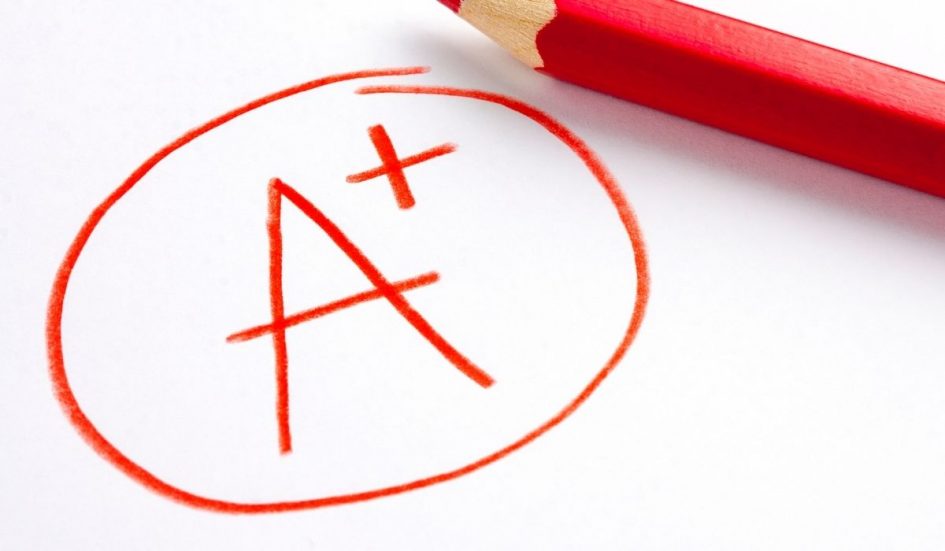Change is hard. It’s simple but true – change is hard – especially in something as integral to a student’s education as grading. Standards-based grading (SBG) has been around for a long time and used by many schools, but it can still be difficult for those using traditional grading methods to make the switch.
Below we go over components of both standards-based and traditional grading, as well as advantages and disadvantages of standards-based grading to see if it is a good fit for your school.
Standards-Based Grading
- The grading system assesses if students have mastered the standards set out by the school.
- Grading is done on a scale from 1 to 4, where four is mastery, and one is not passed. Deeper levels of understanding are also scored, such as levels two and three in math. Each teacher grades using their own standards, but the process is done in groups.
- Manageable tasks are given often to assess student mastery of the standards, and it is up to the teacher’s discretion when a task needs to be re-done or what kind of task can be re-done.
Traditional Grading
- Grading takes place on a letter grade scale, where A is the highest grade, and F is a failure.
- Grading occurs at the end of every unit, where tests are used to see if students have learned the material.
- No grades are given until after all assignments are complete, which can be frustrating for both teachers and students.
Advantages for Schools Using Standards-Based Grading
- Grading is more objective with SBG, where it is evident if a student has mastered the standard.
- It can be challenging to know what students have learned using traditional grading methods.
- SBG creates a more accurate idea of where students are in comparison to one another.
- Teachers can track the progress of individual students and see how much they have improved over time.
Advantages for Students
- SBG gives immediate feedback, so students know how they are doing.
- When students are aware of how they are doing, they can adjust their learning to improve.
- Teachers’ expectations are clear because each standard is set out with assessment tools that teachers use.
- SBG rewards students when they need the most encouragement and gives them a chance to learn from their mistakes.
Disadvantages for Schools Using Standards-Based Grading
- The SBG system is challenging to understand at first, which can be frustrating for teachers and students alike.
- Teachers must assign tasks to assess whether or not students have mastered the standard.
- SBG does not account for extra credit, which can significantly impact students’ final grades.
Disadvantages for Students
- Students need to take responsibility and make learning a priority to succeed with SBG.
- If a teacher cannot assess a standard, students have to wait until another task is given.
- In traditional grading, when a student receives an assignment back with their grade, they can immediately see where they need improvement or what they did well in. In SBG, it takes time for this process, and the teacher needs to keep records on how long it will take to complete a standard.
Standards-based grading has clear advantages for both schools and students. While it is possible to switch from traditional grading methods to SBG, schools should gradually transition, so teachers have time to adapt. Many teachers find that SBG works well with their classroom strategies, so they can give more immediate feedback while also knowing if students have mastered each standard.
Standards-based grading has many benefits for teachers and students alike when compared to traditional grading methods. Grading is more objective with standards-based grading when each teacher grades based on their own standards, and it is obvious if a student has mastered the standard. With standards-based grading, teachers can use the techniques they already use in the classroom even better because they have a clearer idea of what students know and where there is room for improvement. Many teachers also feel that standards-based grading works well with their teaching strategies. While it isn’t always easy to switch from traditional grading methods to SBG, the transition can be well worth it when all of its benefits are considered.
SchoolCues is an all-in-one school management system for small schools with limited budgets and resources. Our solutions include admissions and enrollment, online payments, student information system, gradebook, communications, parent engagement, donations and fundraising, alumni management and more. Schedule a demo with us today.
